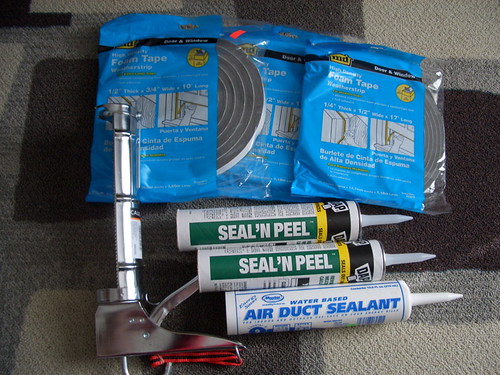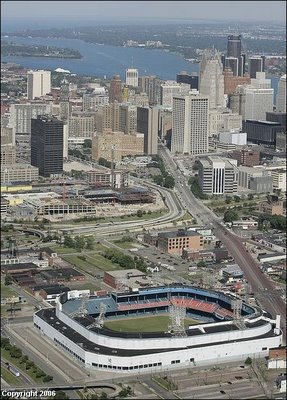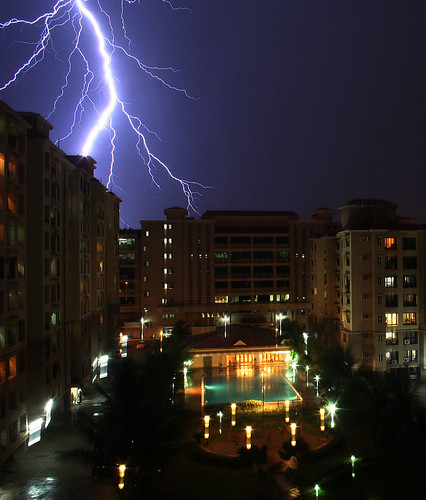What's your Big Bird like?
Did you know that Sesame Street has regional variations around the world? Many countries have their own versions of the popular American children's show. Each of these shows has its own unique cast of Muppets. Wikipedia has a huge list of them, here are some notable outtakes:
- Canada: Dodi, essentially a Jack-Of-All-Trades, though most commonly known as a bush pilot.
- Israel: Kippi ben Kippod, or Kippi Kippod, a giant porcupine analogous to Big Bird
- Mexico: Abelardo Montoya, the equivalent of Big Bird, with Green and Red feathers (Mexico's National colours; also the colors of a Parrot, one of Mexico's most numerous and representative birds)
- India: Boombah, a hedonistic lion who believes he is descended from one of India's historic royal families. (via Gallli Galli Sim Sim)
This all came after learing about "The World According to Sesame Street," a PBS site detailing regional adaptations in Bangladesh, Kosovo, and South Africa. The South Africa version got a spat of attention for introducing an HIV-positive muppet character to the show in order to address the AIDS epidemic in Africa.




